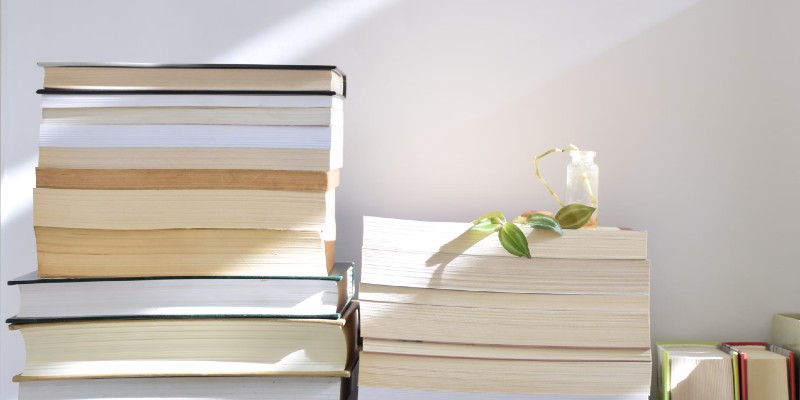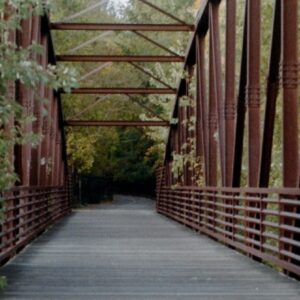People who know me as a romance writer might see my new suspense novel as something that came out of nowhere. At first glance, my history would bear that out.
When my first novel was published by a small press, I really didn’t like the title they picked. It sounded too romantic for a book where, to me, the entire point was something else: the concern of a mother for her child. I made some tweaks so the title would point to that underlying theme. It had a suspense subplot, but there wasn’t really a way to get that across in the title or cover.
My second novel also had a romantic arc and a suspense subplot. My third was my first foray into historical fiction, which scared me. Readers said it was my best work yet, which told me that stretching myself had probably made me grow as a writer. That story also had a mother deeply concerned about her daughter. It didn’t have a suspense subplot, but it did open with a house burning down.
What I thought would be my fourth was a murder mystery, but the publisher suggested I do more historical, as my last book had outsold the others. I set the mystery—and my suspense ideas—on a shelf to gather dust with the many creepy resource books I’d collected about poisons, death, injury, firearms, and more.
Then Fifty Shades blew up the romance world. Virtually all sweet romance at the time was religious/inspirational. Amazon didn’t yet have the “clean and wholesome” category. Sweet romance was lumped into Christian, which posed problems, not the least of which was expressed by one writer: “I can’t call my romances Christian. I’m Jewish.”
I saw a hole in the market, as did two friends, so together we founded an anthology series with romances no spicier than PG-13, with no religious content. Our intuition was right: the collections sold well, one hitting the USA Today list.
All the while, my “romances” leaned into heavier topics. My publisher warned that women’s fiction didn’t sell. They took chances on some, including a duology about the not-remotely-romantic topic of deployment and reentry, but I didn’t really fit my publisher anymore. I needed to branch out. Where to?
I bemoaned to my then-critique group that I didn’t know which direction to go. Someone suggested, “What do you like to read? Write that.”
Not helpful. I read broadly. I love almost every genre. I’ve been writing a variety of stories since I got a Buddy L typewriter for my fifth birthday: adventures about rodents (thank you, Beverly Cleary), a mystery set in the Bermuda Triangle, angsty teen poetry.
When I was ten, my family moved abroad for three years. Our library had a small children’s fiction section in English. I read whatever I found there, but I also borrowed books from a school friend. Rather, I borrowed them from her mom, who had a shelf filled with Agatha Christie novels. By the time I turned twelve, The A.B.C. Murders was my favorite book. To say I enjoy an eclectic combination of literature would be an understatement, so picking a path wasn’t simple.
I live in Utah, the galactic center of children’s writers. Everywhere around me I see massive success on the national and international stages. People wonder why there’s so much children’s fiction from Utah. Several likely reasons: we have a lot of children. Parents are decidedly involved in their many kids’ educations—therefore for more years—so they read lots of youth fiction. The religious culture values pursuing God-given talents. For stay-at-home moms, writing is a talent easy to “justify.”
So, like so many locals, I considered writing for kids. I’d read to my own four kids every night. I knew what was being published. I knew what they’d read on their own. Heck, I’d edited a lot of what they read, when their publisher hired me, often on request.
Children’s writers are so lauded locally that it’s bizarre to hear stories from outside my Rocky Mountain bubble, where those writers are looked down on. In Utah, the opposite is true: no one knows or cares who you are unless you write for kids, with two exceptions: if you write sweet romance, or if you write fantasy for adults (see: Brandon Sanderson).
But children’s fiction didn’t call to me. So I debated writing sweet romance exclusively. Nope. Not my passion either.
I finally asked myself a variation of the question posed to me: What genre has had the biggest impact on me? The answer was clear: women’s fiction with deep, emotional stories. If there’s a bad guy and a twist, even better.
I dove into women’s fiction. That’s what “they” say to do, right? Write what you’re most passionate about, and it’ll find a home. At the time, the women’s fiction market was dead compared to the YA boom. Agents who said they represented women’s fiction didn’t take on much. They wanted things like the writers around me were publishing: Matched, Paranormalcy, The Princess Academy, Dragon Sippers, The False Prince, The Maze Runner, Fablehaven, Twilight (Meyer isn’t Utahn, but she has the same religious ties, so we claim her), and more.
Seeing as I’m not moving anytime soon, deciding to pursue something else was risky and took no small amount of courage. Writing for adults meant fans forgetting who I am and colleagues never respecting me.
That worry was confirmed at a small conference where a NYT bestseller of children’s fiction explained to a roomful of aspiring writers that she’d once wanted to write women’s fiction but had since decided to “stay true to her values.” I sat in the back, one eyebrow lifted nearly to the ceiling. Who sent the memo saying that writing for grownups meant compromising one’s values?
As I pursued women’s fiction and hoped to land a New York deal, years passed without a book with my old publisher. Many readers knew me only for my romances in the anthologies.
Somewhere in the middle of all this, an idea hit me. A kernel. A story could spool from that kernel in a thousand ways: contemporary or historical, using modern technology or not.
When I began writing it in earnest, I found the process hard—and terrifying. That told me I was probably on the right path at last.
I thought, If I can pull this off, it could be cool. But could I? Was I good enough? After twenty years of writing and publishing, I needed to do something that challenged me in a new way, and boy did this challenge me, more than anything had.
I drew on my shelves of freaky research books and realized I’ve been reading about serial killers and other creepy topics since I first read John Douglas on profiling in the nineties. My browser history has always been something that would be seriously concerning if I weren’t a writer.
That kernel of a story turned into a manuscript that got me the agent of my dreams. It’s now a real book with Scarlet Suspense, an imprint under the legendary Otto Penzler’s umbrella. That book ended up having an underlying theme I didn’t realize I keep writing about: a mother concerned for her daughter.
Literarily, I’m where I belong: in women’s suspense. I won’t rule out projects in other genres, but I’m finally settled in a space that feels natural for me, a person who has always felt intensely and pondered weird things.
Since I was little, I’ve wondered what the bad guy in the news was thinking. Walking home from school in winter, I used to wonder if I could lose a stalker by walking backward in the snow to disguise which direction I was going. On road trips, while siblings played the license plate game, I tried to memorize plates in case I’d get abducted and be forced to recall them or die.
I figured out how to get around security measures at stores. My straight-arrow kid conscience would never have let me do it, but I could have. I read about weird scientific facts and pondered how they could be used to commit—or solve—a murder.
On the cusp of fifty, I only now realize I’ve been a suspense writer all along: I told stories about rodents escaping a human villain, I gobbled up Agatha Christie, I tried to outthink stalkers, and more.
That kid is still inside me, and I’ve finally let her out. She’s all grown up and writing for adults. Because she wants to.
***


















